With the increasing global environmental awareness, the problem of plastic pollution has become a focus of great concern from all walks of life. Disposable beverage packaging, especially disposable cups, has long been dominated by plastic products, which are difficult to degrade naturally and have caused a huge burden on the environment. As a new type of environmentally friendly product, Disposable Biodegradable Single Wall Paper Drink Cup has gradually entered the public eye. It not only meets the needs of convenience, but also greatly reduces the negative impact on the environment. However, many people know little about the degradation principle of this type of paper cup.
1. Basic structure of Disposable Biodegradable Single Wall Paper Drink Cup
As the name suggests, Disposable Biodegradable Single Wall Paper Drink Cup refers to a disposable drinking cup with a single-layer paper structure and biodegradable properties. The design of this type of paper cup maintains structural strength while achieving environmental friendliness. The core lies in the selection of special materials and processes.
1.1. Introduction to the composition materials of single-wall paper cups
Single-wall paper cups are mainly composed of two parts:
Paper substrate: usually made of high-quality cellulose fibers, which come from renewable resources such as wood pulp, bamboo pulp, etc. The thickness and density of the paper are specially designed to ensure that the cup body has sufficient strength and water resistance when in use.
Biodegradable coating: In order to prevent liquid leakage, the inner wall of the paper cup is generally coated with a layer of bio-based film. This coating replaces the traditional plastic coating. Common materials include polylactic acid (PLA), starch-based biofilm, etc., all of which have biodegradable properties.
1.2. Basic characteristics of biodegradable ingredients
The biggest feature of this type of paper cup is that both the coating and the paper can be decomposed and transformed by microorganisms, and finally generate water, carbon dioxide and biomass, avoiding the disadvantages of long-term residual plastic in the environment. In addition, most of the materials used are derived from natural and renewable resources, which meet the requirements of sustainable development.
1.3. Differences from traditional plastic cups and ordinary paper cups
Compared with traditional plastic cups, this paper cup is easy to degrade and will not produce lasting pollution; but its water resistance and heat resistance are usually slightly inferior to plastics, which need to be improved by optimizing the coating material.
Compared with ordinary paper cups, traditional paper cups often use non-degradable plastic coatings. This "plastic-paper" structure is difficult to be naturally decomposed and difficult to achieve environmental protection goals. This product solves this problem through bio-based coatings.
2. Analysis of the scientific principle of biodegradation
Biodegradation refers to the process in which organic matter is decomposed into harmless substances through the metabolism of microorganisms (such as bacteria, fungi, etc.) in the natural environment. Understanding this process can better understand the environmental advantages of Disposable Biodegradable Single Wall Paper Drink Cup.
2.1. What is biodegradation?
Biodegradation is the process in which substances are decomposed by microorganisms under natural conditions to produce carbon dioxide, water, methane, mineral salts and biomass. This process relies on the enzyme system of microorganisms to decompose complex polymer materials into simple compounds.
2.2. The role of microorganisms in the degradation process
Microorganisms decompose the cellulose and bio-based coatings in paper cup materials by secreting various enzymes. Cellulase can break the β-1,4-glycosidic bonds of cellulose, and biopolymers such as PLA are also gradually decomposed under the catalysis of microorganisms. Microorganisms use these decomposition products as carbon sources to grow and reproduce, completing the degradation cycle.
2.3. Environmental factors affecting the degradation rate
Temperature: Generally, higher temperatures are conducive to microbial activity and accelerate the degradation rate. The temperature in industrial composting environments is usually maintained at 55-60℃, which is the best degradation condition.
Humidity: Water is a necessary condition for microbial metabolism, and insufficient humidity will inhibit the degradation process.
Oxygen content: Most degradation processes rely on aerobic conditions, but anaerobic degradation may also occur in some environments.
pH value and microbial species also affect degradation efficiency.
2.4. How degradable materials in paper cups are naturally decomposed
The cellulose part of paper cups can be quickly degraded by various microorganisms in the environment, while bio-based coatings such as PLA require specific conditions (such as composting environment) to promote degradation. In general, paper cup materials can be completely degraded within a few months to a year in a suitable environment to avoid accumulated pollution.
3. Main biodegradable materials and their functions
The core advantage of Disposable Biodegradable Single Wall Paper Drink Cup comes from its innovation in material science, mainly including cellulose-based paper, bio-based coatings and additives.
3.1. Cellulose-based paper materials
Cellulose is the most abundant organic polymer on earth, with a wide range of sources and renewable. Its high hydrophilicity and porous structure are conducive to microbial attachment and decomposition. High-quality paper design can take into account both strength and degradability.
3.2. Degradation mechanism of bio-based coatings
Traditional plastic coatings block moisture but are difficult to degrade, while bio-based coatings such as PLA and starch-based films can be degraded by microorganisms under composting conditions:
PLA (polylactic acid): breaks the molecular chain through hydrolysis and turns into lactic acid monomers, which are then metabolized by microorganisms.
Starch-based films: contain rich starch molecules, which can be quickly decomposed into sugars by microbial enzymes.
These coatings effectively prevent liquid penetration while ensuring ultimate biodegradability.
3.3. Auxiliary role of biodegradable agents
Some paper cups will add biodegradable promoters, such as enzymes or natural cellulose modifiers, to speed up the decomposition rate and improve the environmental adaptability of the material.
4. Degradation process of Disposable Biodegradable Single Wall Paper Drink Cup
The degradation process can be divided into several stages:
4.1. Physical decomposition stage
Under the influence of the environment, such as mechanical extrusion, weathering, and wetting, the surface structure of the paper cup is gradually damaged, forming microcracks and pores, providing conditions for microbial invasion.
4.2. Chemical decomposition stage
Water penetrates into the interior of the paper cup material, triggering a hydrolysis reaction, breaking the polymer chain, reducing the molecular weight, and gradually softening the material.
4.3. Biodegradation stage
Microorganisms use enzymes to decompose cellulose and coating polymers and metabolize them into simple molecules, such as carbon dioxide, water, and biomass.
4.4. Degradation products and their environmental impact
The degradation products are water, carbon dioxide, and organic matter, which will not accumulate in the environment, promote soil fertility, and are ideal environmentally friendly materials.
5. Testing and standards for degradation performance
In order to ensure the environmental characteristics and actual degradation effect of paper cups, relevant testing and standard systems are essential.
5.1. Overview of domestic and international biodegradation standards
International standards: such as ISO 17088, ASTM D6400, etc., stipulate the test methods and certification conditions for biodegradable plastics.
Domestic standards: Many countries have also formulated corresponding test methods and technical requirements to ensure that products meet the definition of biodegradability.
5.2. Testing methods for paper cup degradation performance
Common methods include:
Composting environment test: simulate industrial composting conditions and test sample degradation rate.
Soil burial test: bury in natural soil to evaluate degradation rate and degree.
Chemical analysis: use spectroscopy and mass spectrometry technology to detect changes in molecular structure.
5.3. How to ensure that the product truly meets biodegradation requirements
Manufacturers need to pass the test of the certification body and obtain relevant environmental certification marks. At the same time, consumers should also pay attention to product descriptions and certification information to ensure that they choose truly environmentally friendly paper cups.
6. Summary
As an environmentally friendly alternative, the Disposable Biodegradable Single Wall Paper Drink Cup achieves effective biodegradation with its scientific material selection and reasonable structural design. Its degradation process involves multiple physical, chemical and biological links, ensuring that it is completely decomposed by microorganisms in the natural environment, avoiding long-term pollution of plastic waste.
By deeply understanding the degradation principle of this paper cup, we can not only use and promote environmentally friendly materials more scientifically, but also promote the popularization of green lifestyles. In the future, with the continuous advancement of material technology, biodegradable paper cups will be more widely used in all corners of society to help achieve sustainable development goals.
Let us pay attention to and support the development of environmentally friendly materials and protect our home planet.

 English
English Español
Español عربى
عربى
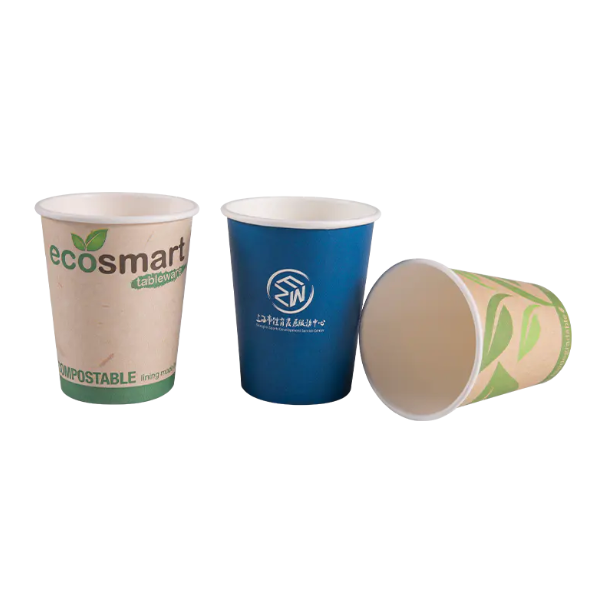
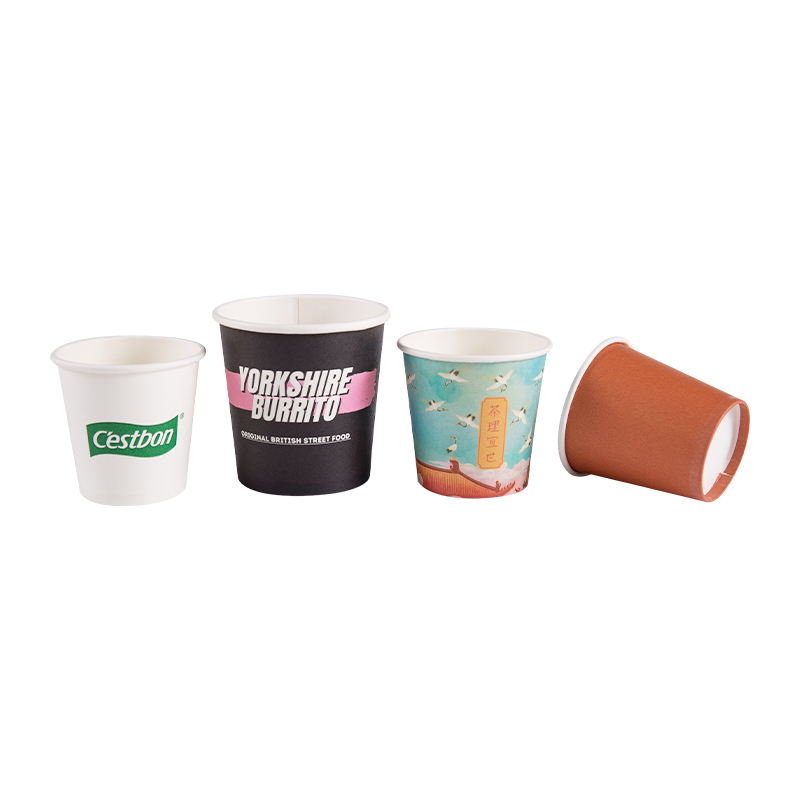
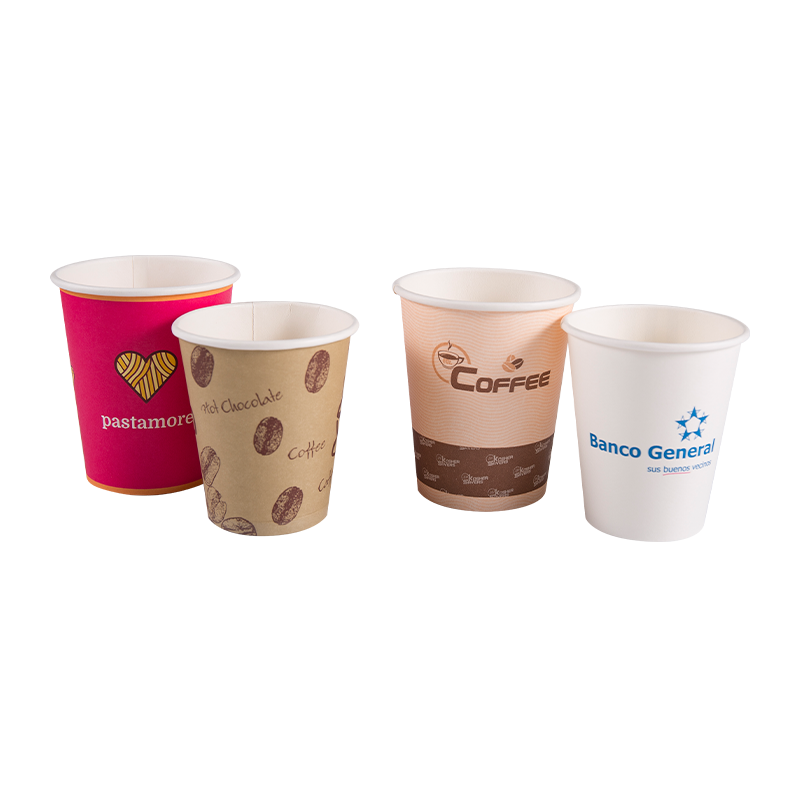
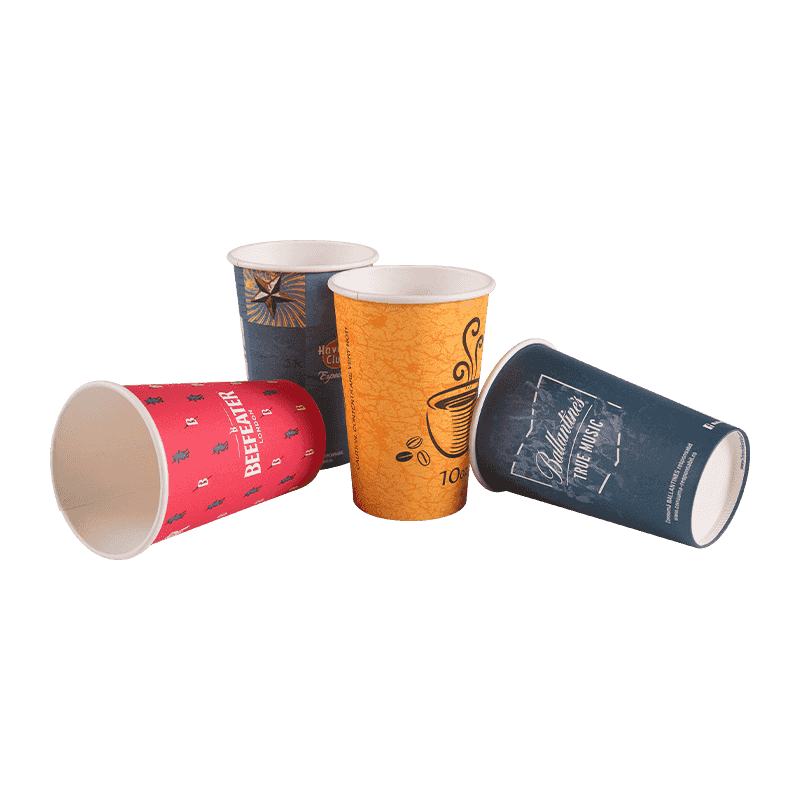
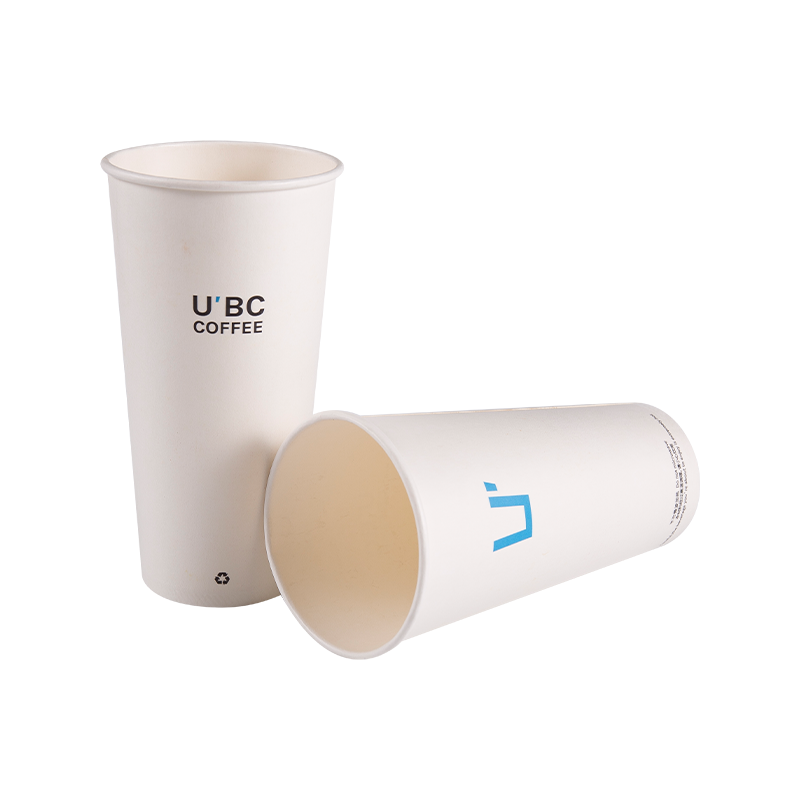
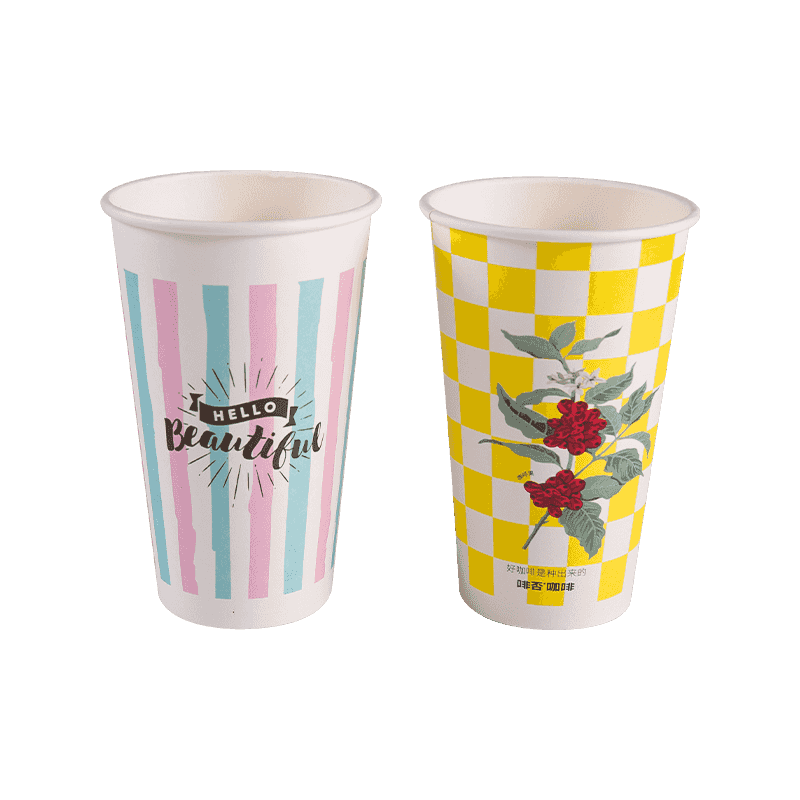

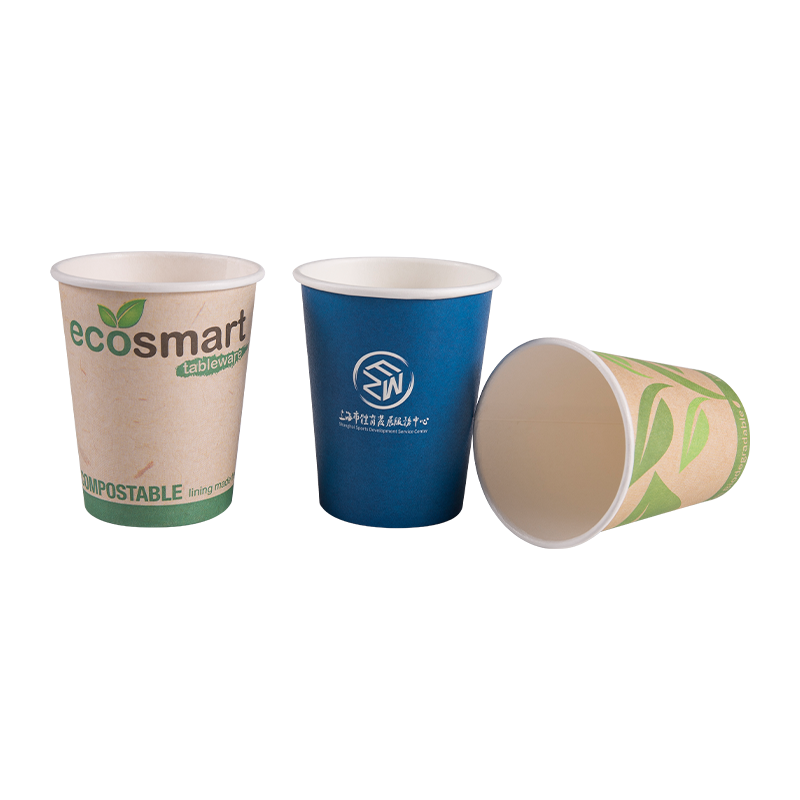
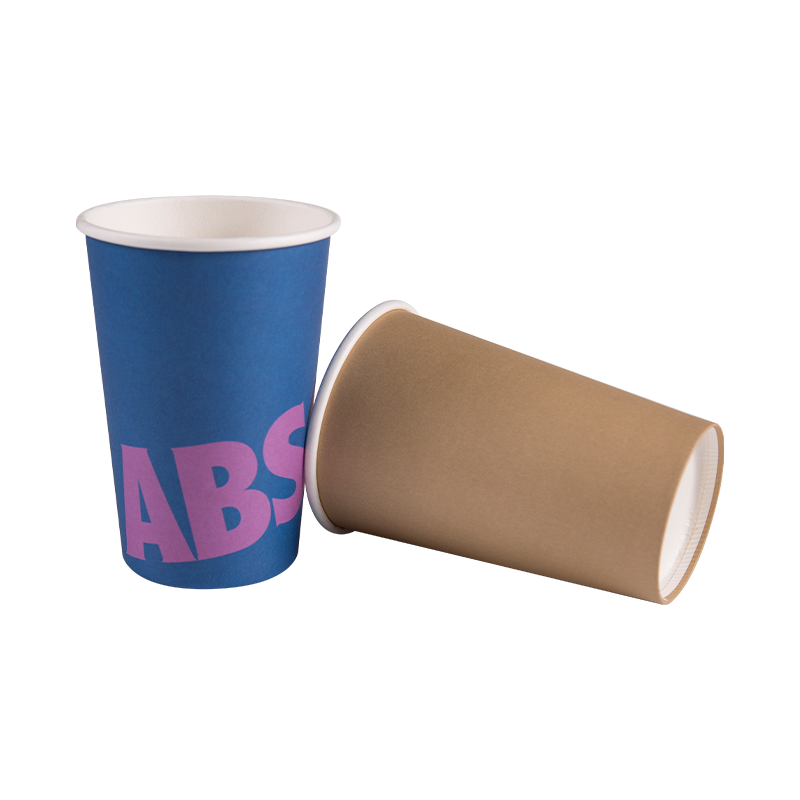
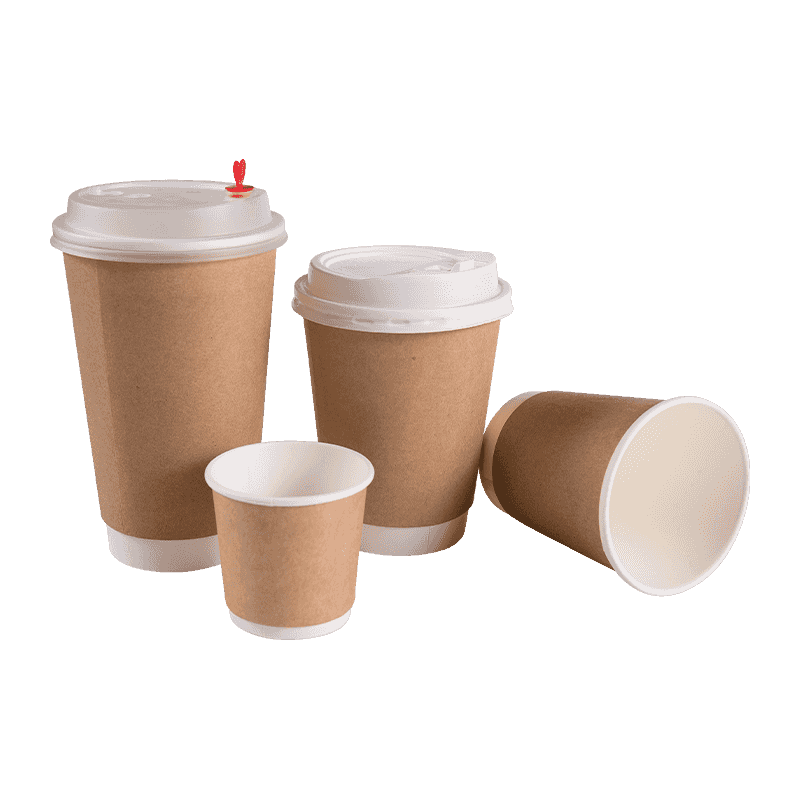
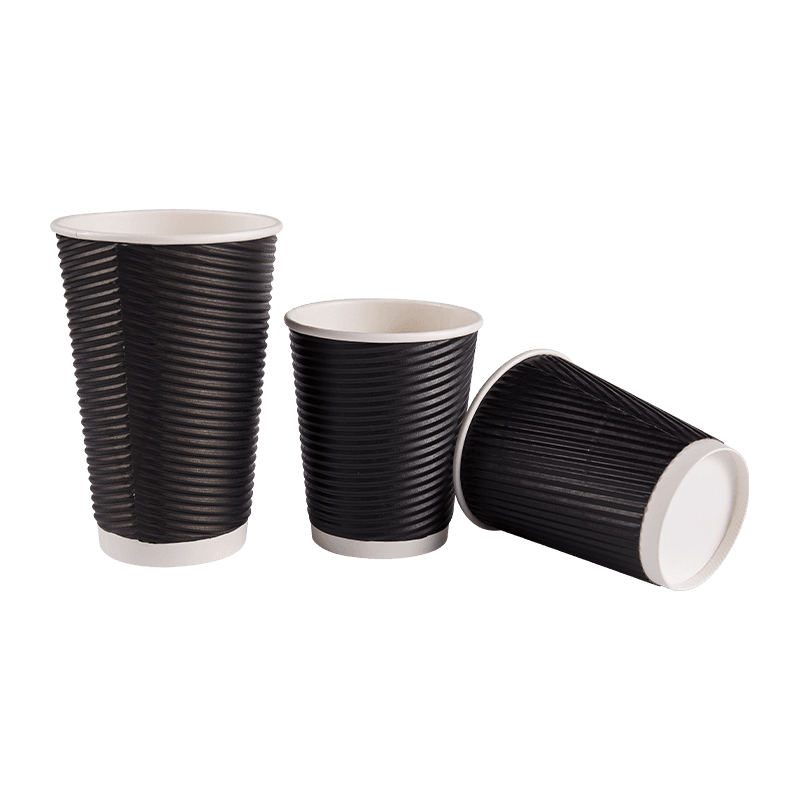

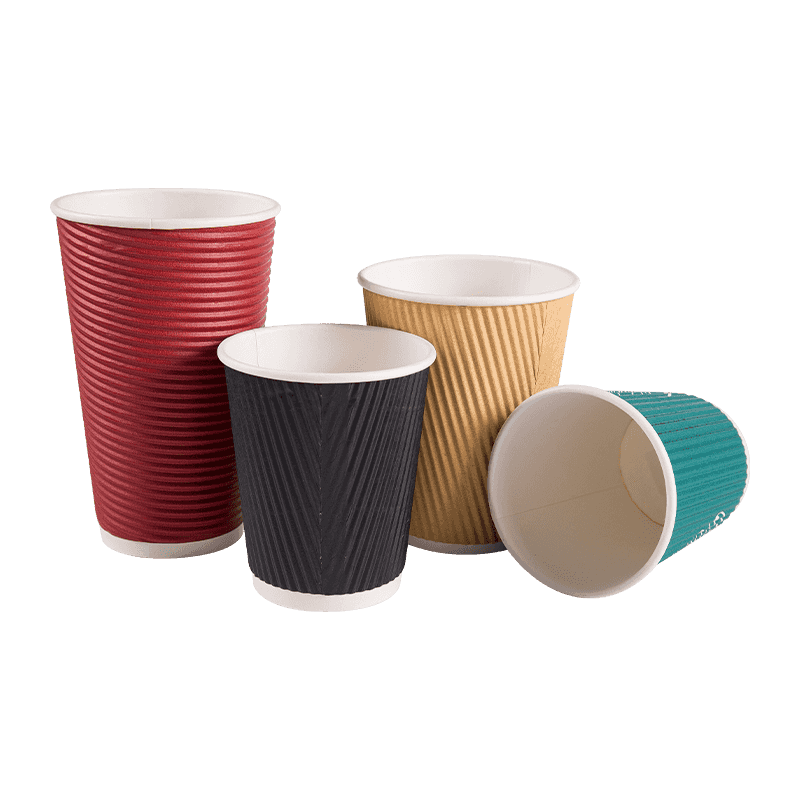

 +86-0563-8029081
+86-0563-8029081
 +86-0563-8029081
+86-0563-8029081 No. 12 Sanxi Road, Xinqiao Development Zone, Jingde Country, Xuancheng City, Anhui Province.
No. 12 Sanxi Road, Xinqiao Development Zone, Jingde Country, Xuancheng City, Anhui Province.